Copsey and Crewe Narrative Extraction Services
by Laura Copsey, Philip Crewe, Quentin Blake Centre resident illustrators
Our first Engine House Residents, Laura Copsey and Philip Crewe, delved into the past and present of the New River with a mixture of serious research and irreverent playfulness.
Laura and Philip tell us more about their unique residency.
How did you get started on the residency? Where did you begin your research?
L: We wanted to approach our research as a kind of narrative excavation or quest – we joked that our biggest inspiration was the TV show Time Team!
We hoped to bring a playful spirit to research and look underneath things, behind things or in the margins for any ‘clues’ that might spark ideas.
P: We started the residency talking to Laura’s brother, Alex, an archaeologist. He told us about stratigraphy, coding and various fieldwork methods that we hoped to adapt in our search for stories.
L: We were looking for snippets that related to lesser known aspects of the New River’s history, particularly about the workers who built it, the people who were affected by its construction, and anything that linked to the medieval water culture that preceded it.
We set ourselves up as Copsey and Crewe Narrative Extraction Services and began our research.
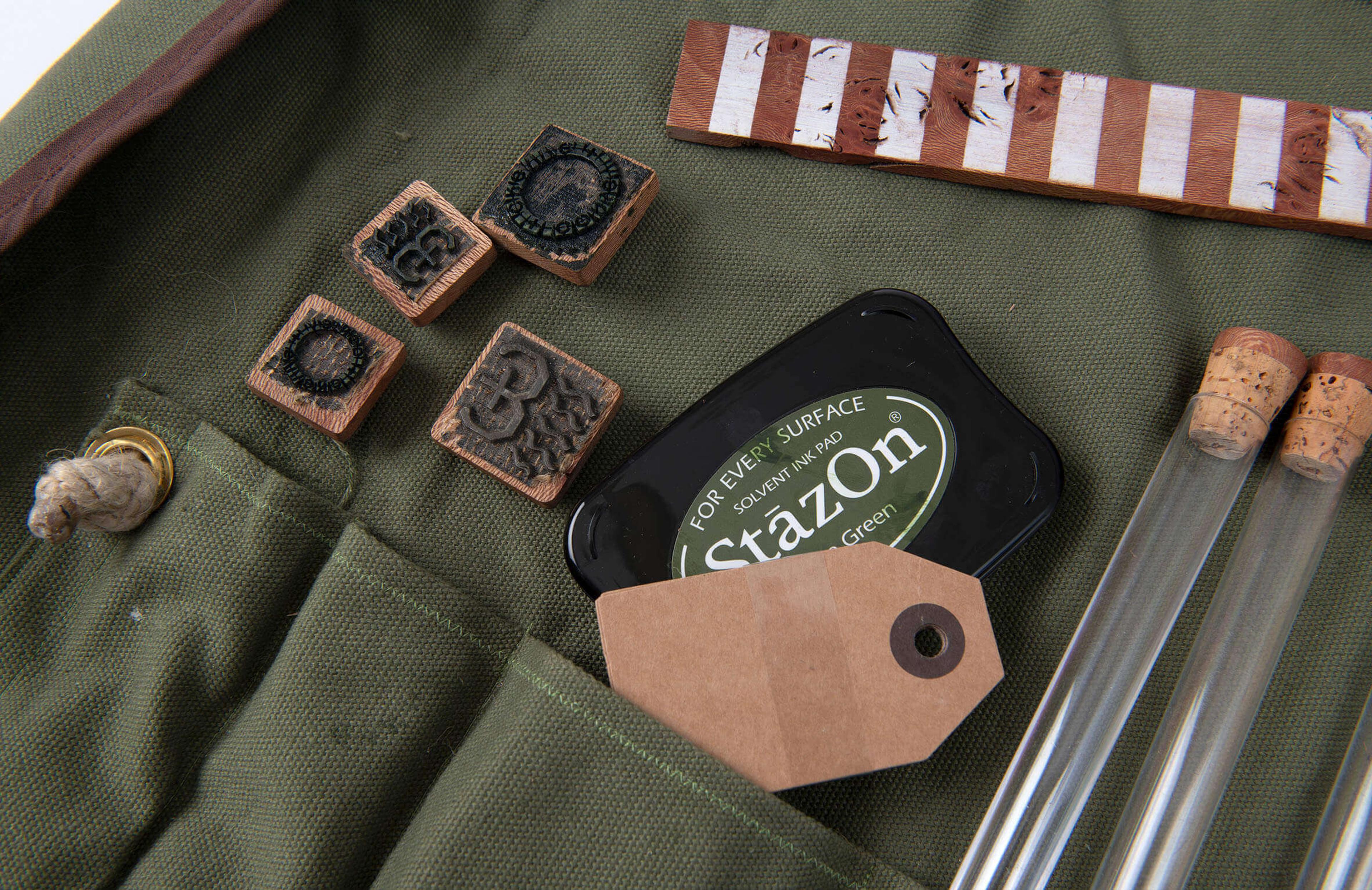
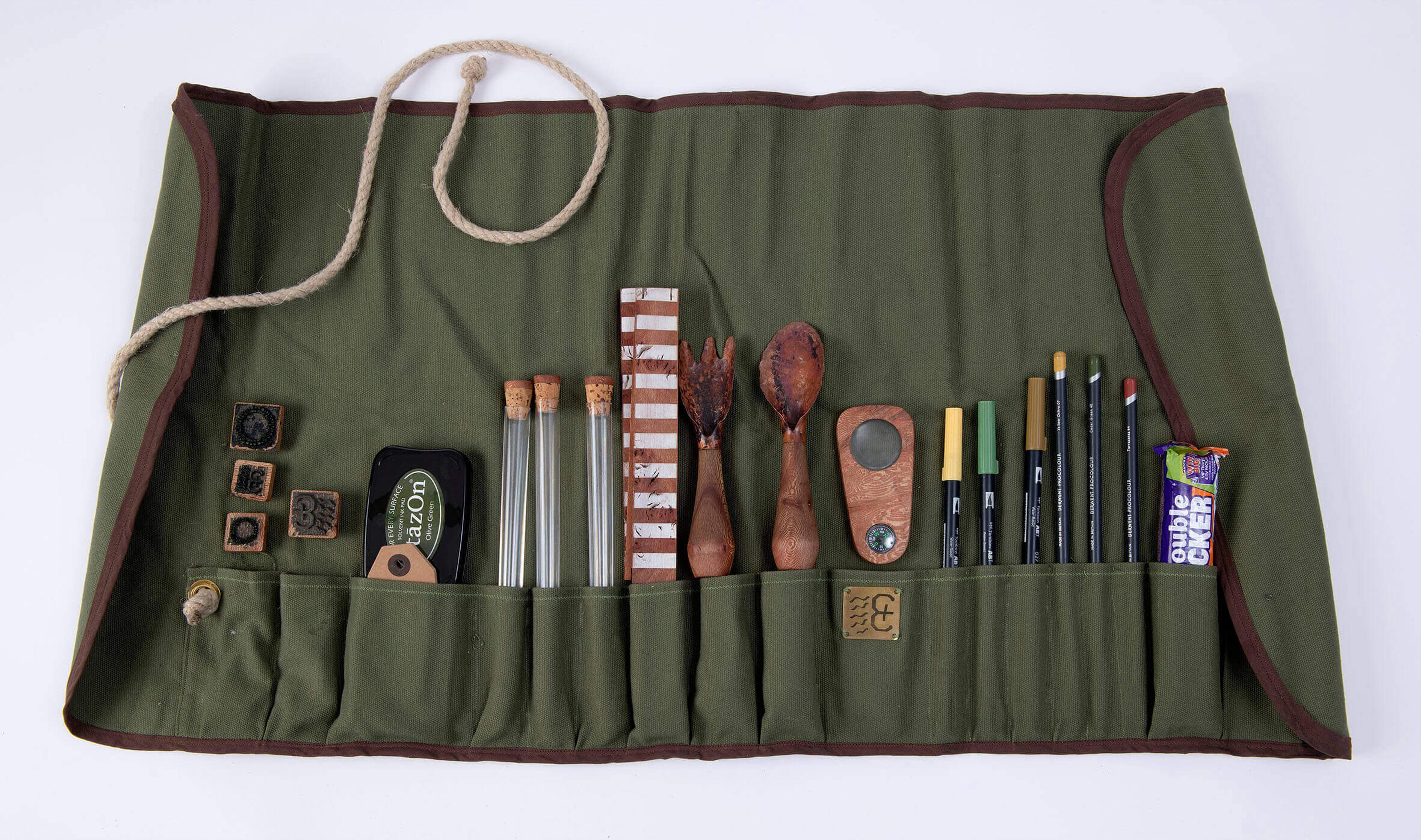
Why did you want to subvert the traditional story of the New River as a triumph of engineering?
L: We both agree that the New River was a massive engineering success! It’s just difficult to get away from the dominant or official narrative and the powerful men involved that shaped it. But there are myriad other ways the story of the New River can and should be told.
I’m more interested in learning about the lives of ordinary working people and social and cultural histories.
P: I wouldn’t dispute that the New River was a triumph of engineering. But if the engineering was triumphant then perhaps our project considers what was lost in that triumphant process.
The construction of the New River is a great example of a transformation regarding our relationship with nature that was happening in society at that time.
For the previous thousand years, geographical features such as rivers, mountains and forests would have dictated the rhythm of people’s lives. For example, London is where it is because it’s the first place inland from the Thames estuary that could be crossed by a bridge. Natural geography chose the location of London.
But with the New River that reality was flipped on its head. People made a river come to London, nature became something to control rather than exist in.
The New River is actually an aqueduct but that they called it a ‘river’ perhaps shows how radical the idea was at the time.
Through contemporary discourse over climate change we all understand how problematic our relationship with nature has become, so it was fascinating to explore the moment when that new relationship was crystallised.
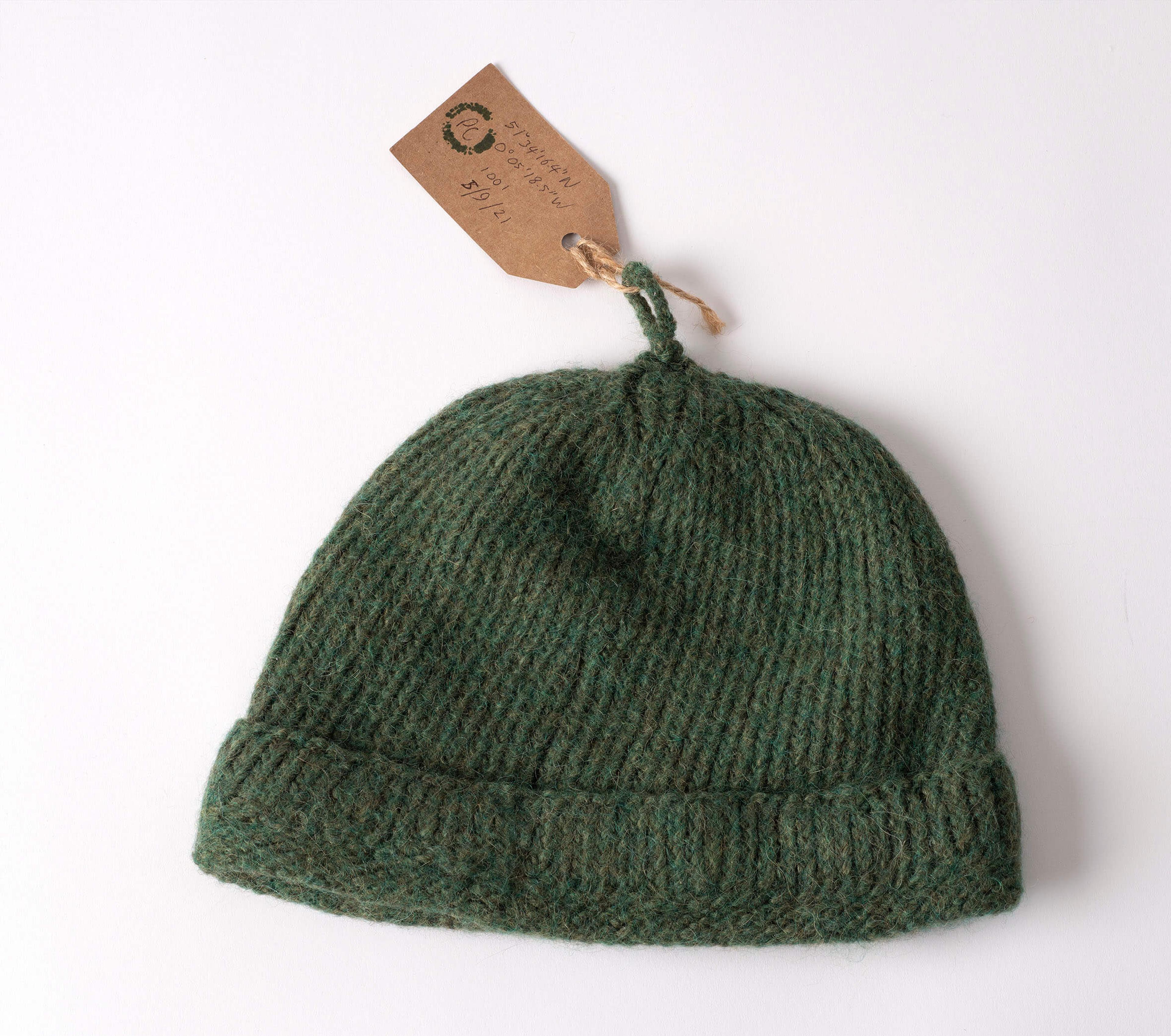
You set yourselves quite a challenge: to find the names of real working class tradespeople and women who were involved in or affected by the building of the New River. How did you go about this and did you manage?
L: We weren’t sure if this would be possible given how often working people and women are omitted from official historical sources.
One of our first steps was to meet up with Andrew Smith, an engineer with an encyclopaedic knowledge of the New River. He led us to our first name in book he showed us: William Smythe, a mole-catcher employed by the New River Company, who later aptly changed his name to William Molletrap. Mole-catchers became the first trade we investigated.
Our next discovery came via a different route. I was really interested in the old wells that preceded the New River in the area – as the name ‘Clerken-well’ suggests, there were many. One of these was the mysterious Black Mary’s Hole, which we looked into at Islington Local History Centre. This led us to a well-keeper named Mary Wollaston.
Our final name came from a journal article. Philip came across Joan Starkey while researching London’s water culture. Joan was a water tankard bearer, a bit like a 17th century milkman, delivering water from wells to wealthier citizens.
We were so happy to find these names as it gave us a connection to real people and their lives.
P: We were only able to uncover fragments from our research. We’ve used those as starting points from which to create fictional narratives. Our William, Mary and Joan aren’t real. But they do represent the real Williams, Marys and Joans who were affected by the New River.
It’s arguably easy to engage with a historic figure like Hugh Myddleton. We think we know him because we know what an ‘entrepreneur’ is today. Historians can reference the accounts he left behind like Excel spreadsheets.
In contrast, it’s harder to unpack the more mystical and superstitious mindset that was still prevalent when the New River was being built. By making fictional ‘storied objects’ based on real people, we hope it becomes easier to engage with.
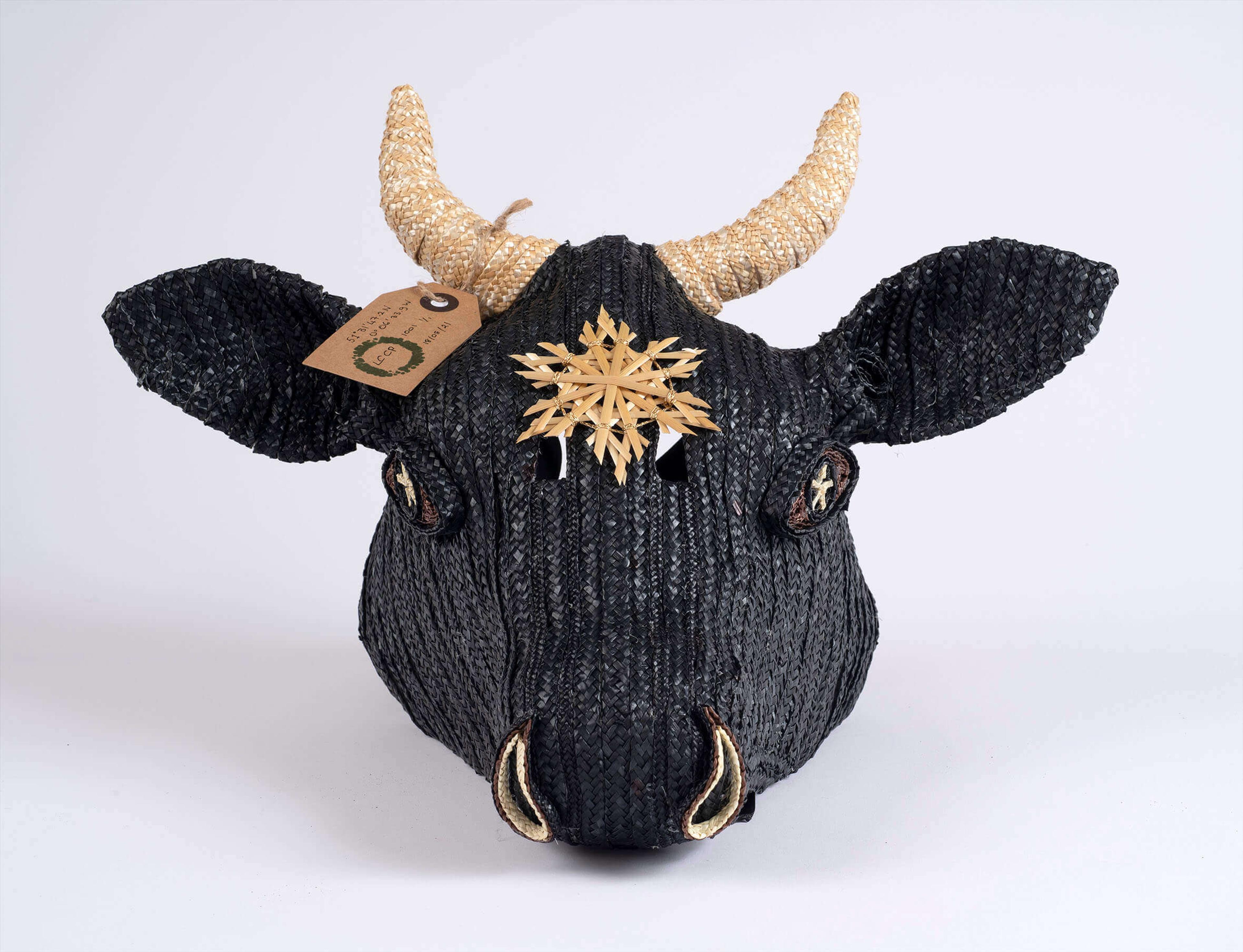
Tell us about your research into the role of women in the New River story.
P: Women and other marginalised groups have an interesting relationship with the coming of the New River. It is easy to construct a narrative of piped water as a labour-saving device that spared housewives, domestic servants and semi-destitute water-carriers from the drudgery of heaving heavy buckets from London’s wells and conduits. Such a lack of access to clean water clearly continues to be a massive issue around the world today.
But there’s another side to this story. As Mark Jenner argues in his essay ‘From Conduit Community to Commercial Network? Water in London, 1500-1725’, the act of visiting these water sources was a social one; water-collecting facilitated opportunities to interact within the public sphere that might not otherwise exist for women.
You did a lot of different kinds of research as part of the residency. What did you come across that most surprised you?
P: As a woodworker, I was most fascinated by the elm pipes. When reading about woodworking one always bumps into the triumvirate of oak, ash and elm. They were the mainstay of much wooden material culture.
The relationship people had with these three woods is best typified by the spoked wheel of a horse and cart. The traditional wooden wheel utilises the properties of oak, ash and elm in such a way that it is perhaps the most optimised wooden object ever made.
But, because of elm disease I’d never worked with elm before. It was like having an aunt I’d never met but who was always talked about at family dinners.
The New River Company made their water pipes out of elm rather than clay, which I find fascinating. They must have known how to make clay pipes given that there were probably still a fair few Roman ones in use. And, as raw materials go clay would have been much more accessible in London than elm. And yet, even for something as radical as a new river they were more comfortable leaning on their tacit knowledge of hardwoods.
There are a few contemporary etchings showing the pipes all laid out above ground from the New River Head down into the City. They look like strings of sausages.
I hope that the elm woodwind instrument I made goes someway towards reinjecting the materiality of elm.
L: For me, it was Sadler’s Wells Theatre that was most surprising. The name is a giveaway, but I was blown away to learn that there is still a well under the main stage today, and another in the corridor.
Wells were a place of culture: musicians, actors and poets flocked to wells for a captive audience of people making a daily trip to collect water before taps and pipes existed. It’s remarkable that the site continues to be a place of culture, a theatre, today.
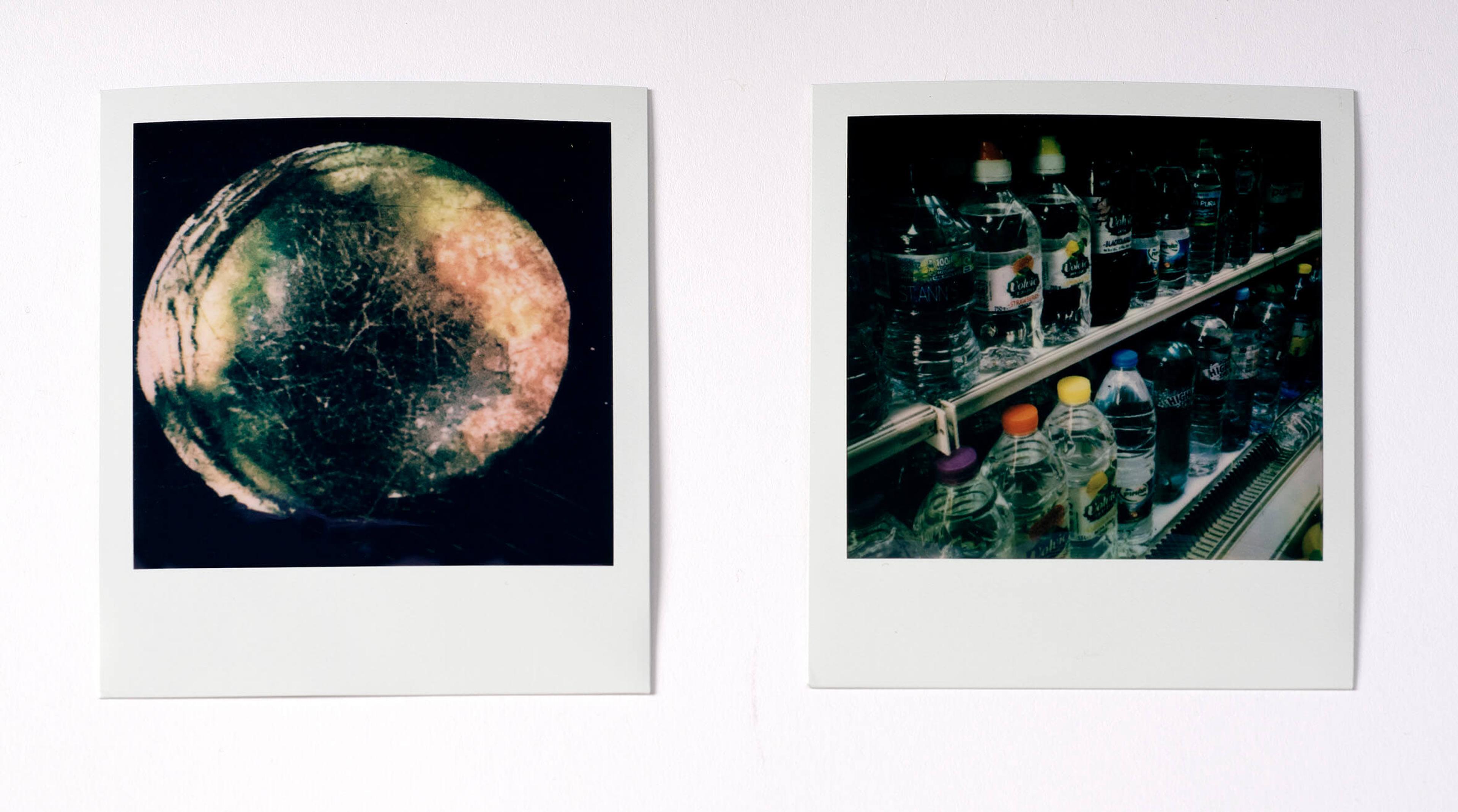
Why did you decide to create a ‘fictional museum’ for this residency?
L: Given we were looking at less well-documented histories, and given that history can only ever be interpreted from the perspective of the present, we felt there was an inherent fiction we needed to acknowledge.
We knew we wanted to make work inspired by historic craft and use experimental methods to make imagery directly with the site (like cameraless photography) that could be repurposed as speculative ‘replicas’.
We were making a collection of ‘artefacts’ so the framework of a ‘museum’ made sense. And we both wanted to draw attention to the idea that histories are stories to be interpreted.
P: Like many institutions, museums can feel like permanent, unchangeable things. However, they are constantly evolving in response to new ideas or trends. By creating an explicitly fictional museum, we’re highlighting the idea that anything made can be remade.
What kind of ‘storied objects’ did you think you would make, and did the project work out as you expected?
L: I honestly had no idea what we’d end up with! We followed our noses and used our research and process to guide the outcomes. There was a fair amount of trust involved, hoping we would find something. But I think we’ve both dabbled in this kind of work long enough to develop confidence that ideas always come, and they did. The outcome feels very much what Philip and I would do! I’m proud of it and it was amazing to work with Philip again.
P: We let the New River dictate what we made. The happenstance of Laura’s photography experiments or the objects we found and reinterpreted reflect this.
This project existed most vividly during the conversations Laura and I had at a small café by New River Head. This residency allowed us the privilege of creatively exploring those conversations, unpacking traditional narratives and questioned linear history. I hope the outcomes reflect those conversations.